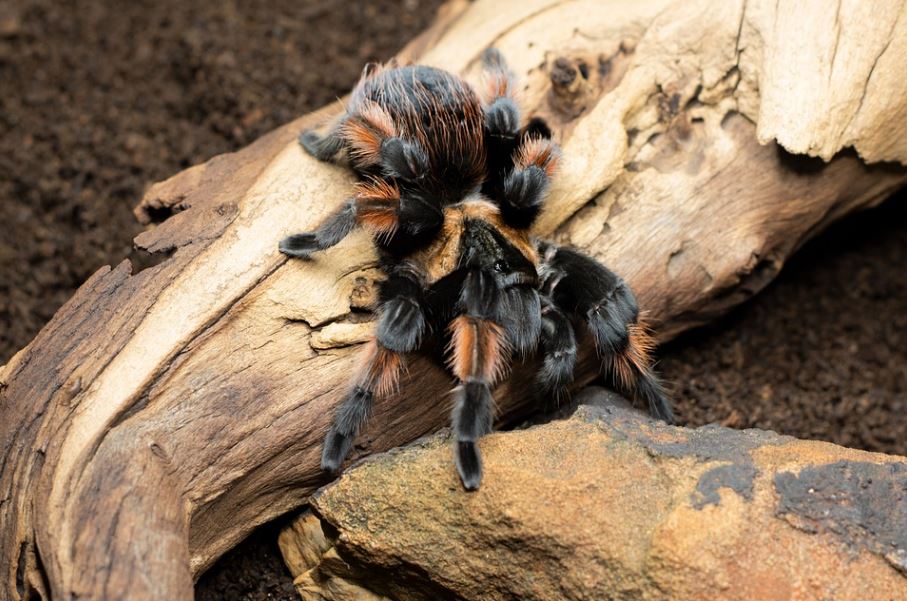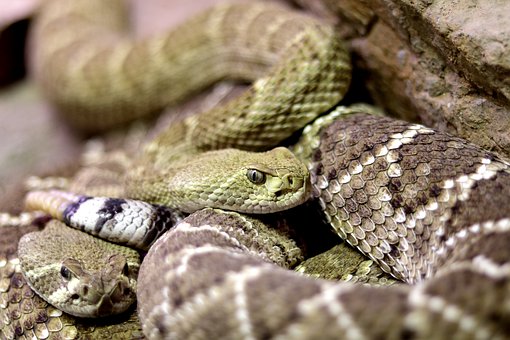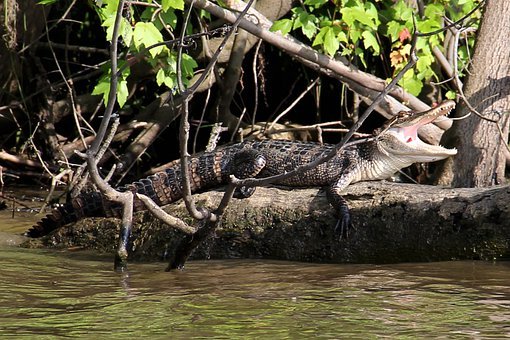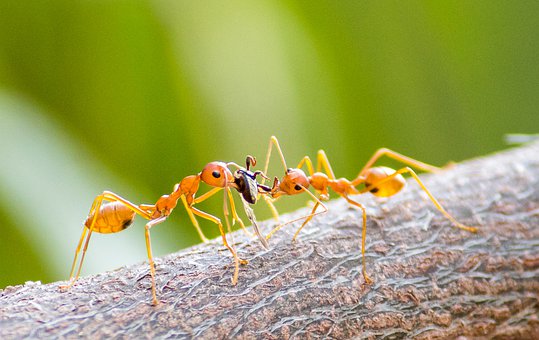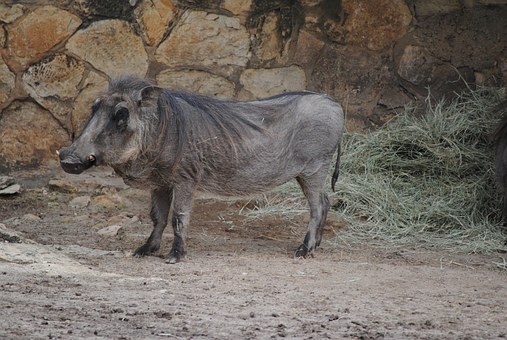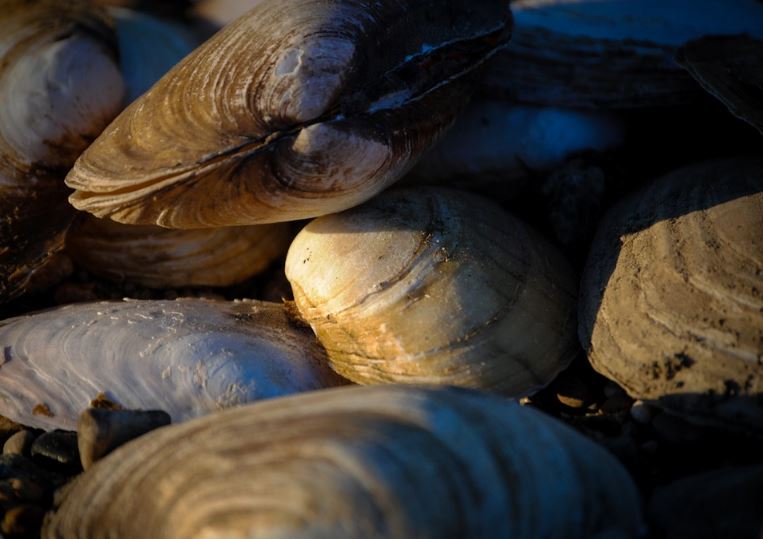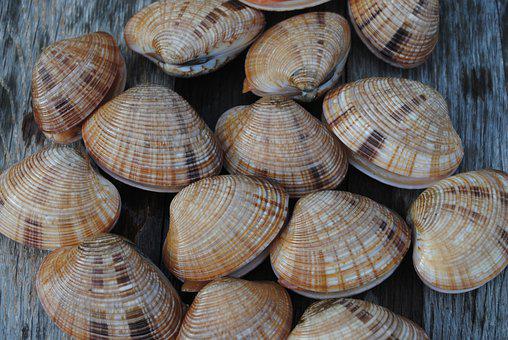The wildlife of the Lone Star State is magnificent, yet much of its beauty is better appreciated from a distance. Respect Mother Nature’s prowess and avoid these hazardous animals as you explore the state of Texas.
Don’t let these hazardous animals discourage you from visiting the lovely state of Texas; just be careful!
1. Snakes
Texas is home to four different species of lethal snakes. The rattlesnakes consist of the western massasauga, the motted rock rattlesnake, the blacktail rattlesnake, the Mojave rattlesnake, and the timber rattlesnake. The coral snake, pit viper (copperhead), and cottonmouth are the other venomous snakes (sometimes called a water moccasin). In the United States, between 7,000 and 8,000 poisonous snake bites occur annually, but only about five of these are fatal.
2. Cougars
Cougars, also known as pumas, mountain lions, panthers, and catamounts, are arguably the most ferocious and potentially destructive species in Texas.
These large cats inhabit the Trans-Pecos, as well as the south Texas brush lands and areas of the Hill Country. They do not recognize humans as prey, thus attacks are quite uncommon (since 1890 there have only been 88 attacks and 20 deaths across North America as a whole).
When the cougar is hungry or a juvenile seeking new territory, it is most likely to attack. The cougar will attempt to subdue its prey by biting the victim’s neck. If you have the misfortune to encounter an aggressive cougar, you should make direct eye contact, yell, and use sticks and rocks to scare it away.
3. Scorpions
In Texas, there are 18 species of scorpions, with an average size of roughly 2 inches. The majority of these creatures are regarded as dangerous and deadly. The sting of a Texas scorpion is typically not considered life-threatening, but it can be quite painful. In rare instances, the venom may produce an allergic reaction, in which case immediate medical attention should be sought.
4. Spiders
In Texas, there are three varieties of spiders to be wary of: tarantulas, brown recluse spiders, and widow spiders.
Tarantulas are typically approximately 3 inches long, have a black, hairy appearance, and have a length of around 3 inches. Typically, they are observed hunting in the evening. Their bite is not fatal, but it is extremely painful and unpleasant.
The brown recluse is referred to as a “fiddle back” because to the dark violin-shaped mark on its back. The consequences of its bite might range from painlessness to mild stinging to severe pain. In the absence of treatment, the site of this spider’s bite can develop into a necrotizing ulcer, resulting in gangrene and permanent tissue damage if left untreated.
Texas is home to a number of different widow spider species. The southern black widow is the most infamous due to the female’s unique markings, highly venomous bite, and habit of consuming the male after mating. In the present era, the black widow’s venomous bite is rarely lethal due to the invention of antivenom, yet this rather common spider should still be treated with care.
5. Alligators
When approached, alligators are usually afraid and will try to flee. However, due to their ability to remain motionless for extended periods of time while also concealing their presence, they may be overlooked. As a result, they make dangerous prey for hunters. In rare cases, their desire to protect their young can put them in harm’s way.
They have the strongest bite of any animal, so don’t take any chances and keep a safe distance away from them.
6. Fire Ants
There are other stinging insects in Texas, such as wasps, bees, and blister beetles, but fire ants are by far the most dangerous. There are four distinct species, the most hostile of which being the Red Imported Fire Ant.
Fire ants will continually bite and sting if their colony or food source is endangered. The sting produces an acute, localized burning sensation, followed by a white pustule a day or two later. Rarely, an allergic reaction may occur, necessitating hospitalization.
7. Wild Hogs
Spanish explorers introduced swine (also known as boars and pigs) to the United States. Some animals that were once domesticated escaped, reproduced, and developed a feral population. Although they avoid humans in general, they can be extremely violent if approached.
The most dangerous time of year for attacks is during mating season, when males are at their most aggressive. Females may also strike if they perceive a threat to their young.
The swine assaults by charging. Typically, this is done to frighten the individual away, but occasionally they make forceful contact. The tusks do the majority of the damage, as they can puncture the legs and occasionally cause death.
8. Zebra Mussels
In Texas, zebra mussels have come to symbolize invasive species. Originating in the Black and Caspian Seas, these rapidly reproducing mollusks have recently invaded a number of Texas lakes, most notably Lake Texaoma, and they now threaten to take over the Trinity River Basin. By overconsuming phytoplankton, a crucial food supply for numerous aquatic species, zebra mussels have caused significant decreases in fish, birds, and native mussels. Its high rate of filtration also increases sunshine penetration, which raises water temperatures and the depth at which light penetrates water.
Additionally, zebra mussels significantly affect the aquatic industry. They may stick to virtually any surface, including pipelines, boats, boat trailers, buoys, and dinghies, and once they do, they are fixed forever. Multiple reports indicate that they have sunk entire buoys and ruined fishing equipment.
9. Nutria
Nutria is a huge, semi-aquatic, exotic rodent that has caused issues in Texas’ coastal marshes and bald cypress swamps. In recent years, Nutria populations have increased due to the collapse of the fur trade sector (for which they were originally breed during the first half of the twentieth century). These pestilent rodents consume planted seedlings and saplings and have therefore deforested hundreds of thousands of acres of Gulf Coast marshlands and floodplains. It has been discovered that nutria demolish replanted plants even further, rendering fruitless efforts to restore degraded areas.
10. Asian Clams
The rivers of Texas are currently teeming with Asian clams, which are little, pale-colored mollusks that have become the scourge of nuclear power station operators. As cooling water is extracted from rivers, streams, and reservoirs, so are Asian clams and the larvae they carry. Once inside the facility, mussels can clog condenser tubes, service water pipes, and other machinery.
Decreased energy generation efficiency can result in economic difficulties. Their influence extends to ecological concerns. It is suspected that Asian clams harbor alien parasites and illnesses that could infect indigenous aquatic animals. The quick reproduction and cold tolerance of the clam contribute to its success as an invasive species. Self-fertilizing Asian clams can produce up to 2,000 young each day and more than 100,000 in a lifetime.

